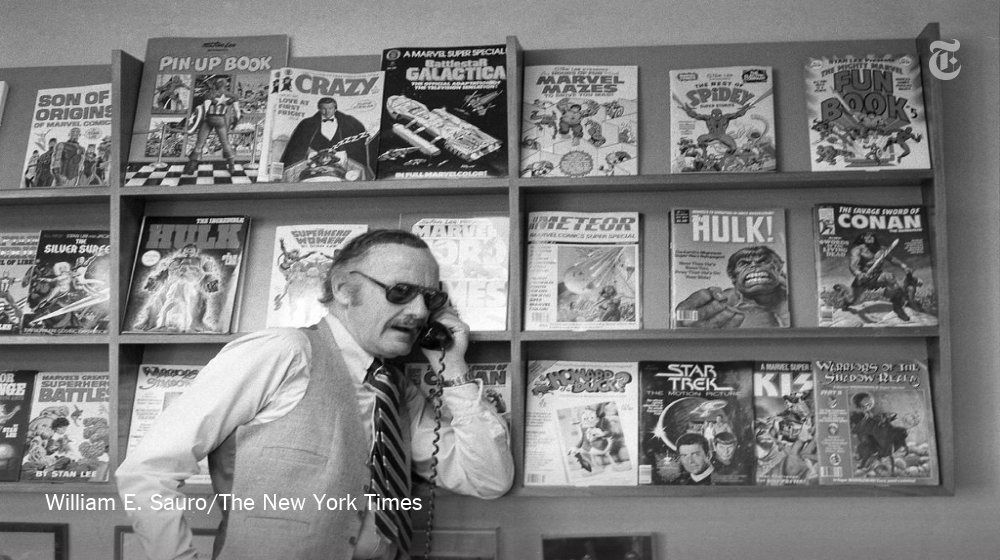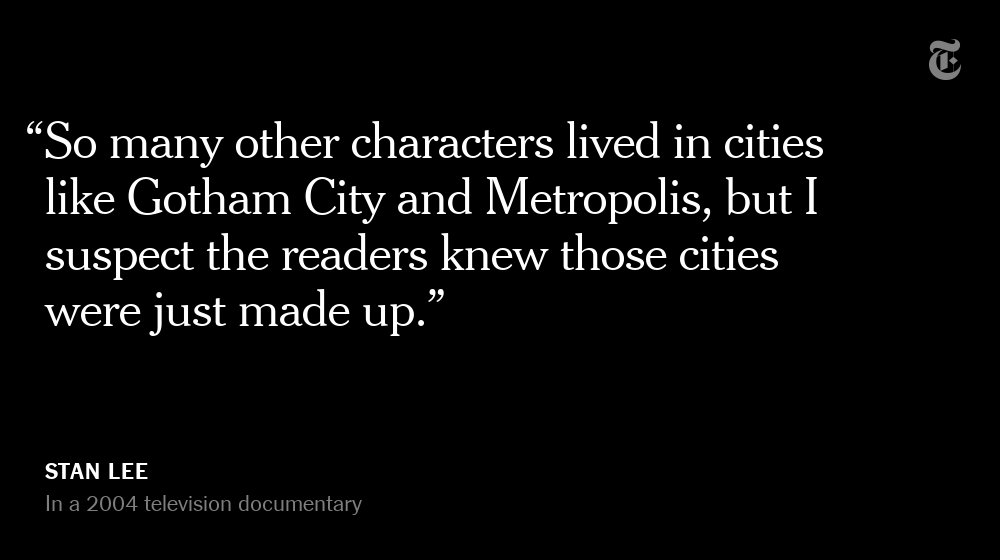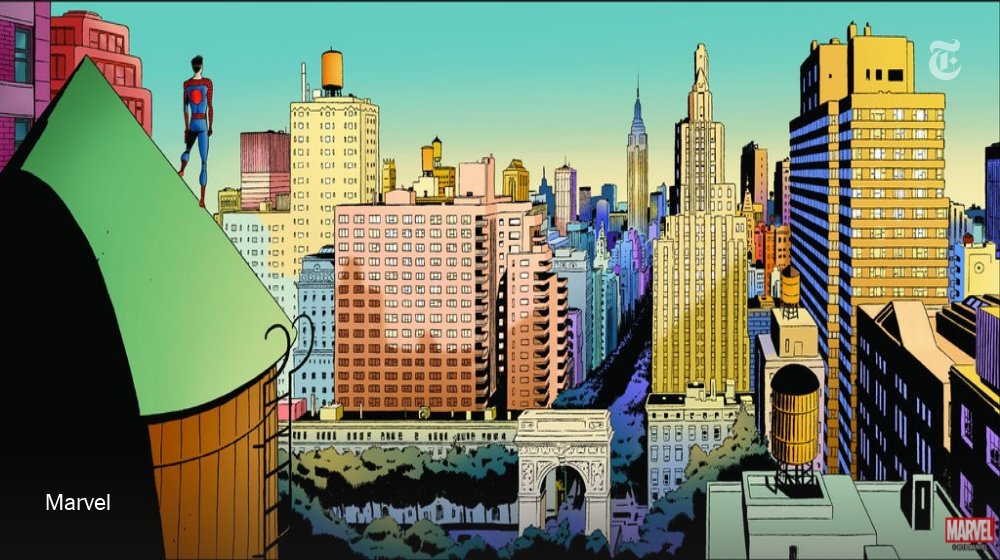There are few things as important as a business model when setting up a company. In many ways, more important than the product itself.
Because of that, I give it a lot of thought (both for my own projects and my clients). A thread. 👇
Then I layered on my own assessment of their respective business models. Here are are the main takeaways.
1. 💸 The most prominent business model on the top growth list was SaaS (either freemium, or in combination with another business model like insurance).
2. 🎩 Subscription hardware and B2B2C are examples of fairly new business models making their marks in terms of growth..
3. 👴 Traditional business models like wholesalers and providers of financial services were underpinning products built with new technologies
4. 💳 On the financial services front - spread businesses and credit card/debit card models were prominent
...
5. 🔧 Marketplaces still work when paired with the right supply
6. ⚙️ More complicated solutions operate on a per project basis, and scale based on complexity and number of seats
7. 💯 Traditional business models still win, and many new cos still use old models
Details👇
Based on the growjo growth model, it appears that SaaS is the surest way to achieve speed in terms of growth in revenue and valuation. @airtable, @figma, @loom, @circleCI are the main companies on this list using “freemium SaaS” as their business model.
The other interesting trend on this list is the emergence of the subscription hardware combination. These companies make revenue from selling hardware as well as charging a subscription for their ongoing software service (like Tempo).
The final trend in subscriptions is this new idea of using B2B2C to maximize growth and revenues. The most prominent companies on this list using the B2B2C model is @calm, @modernhealthco , and @LyraHealth .
The other big takeaway from this list was that there were two main business models that are being used by these fast growing companies: wholesale and financial services. In many cases, the products were new, but the business models were old.
Wholesalers were very prominent on this list, including CrescoLabs GoExpedi GrowGeneration ImpossibleFoods VentureGlobal AppHarvest GOAT PerfectDay and Faire.
One thing I noticed was the use of new technologies to re-integrate existing business models that are tried and true. One business type, the spread business, was well represented. A spread business is a company that uses rate arbitrage to make money.
A great example of this is @BlockFi . They make money by borrowing capital at a certain rate (the interest rates it pays to users) and lends it a higher rate (the interest rates it offers for BTC/ETH/GUSD loans).
Other companies in the financial services are using riffs on credit cards and debit cards to make money, offering slightly better rates or benefits than their traditional competitors.
The Marketplace model was also represented. Companies like Landing Dutchie @SonderMind Park+ all were on the list and used the marketplace model. One company, @ApplyBoard , used a marketplace model paired with a rev. share model based on placement.
More complicated solutions generally used a “per project” model. The pricing model generally scaled based on the scale of the project or the number of seats required. Often times, this was set as a one time payment.
If you want to see the list I put together of the business models for the top 80 growth companies projected for 2021, feel free to DM me and I’ll provide it. 🙂
🎤drop
You May Also Like
Department List of UCAS-China PROFESSORs for ANSO, CSC and UCAS (fully or partial) Scholarship Acceptance
1) UCAS School of physical sciences Professor
https://t.co/9X8OheIvRw
2) UCAS School of mathematical sciences Professor
3) UCAS School of nuclear sciences and technology
https://t.co/nQH8JnewcJ
4) UCAS School of astronomy and space sciences
https://t.co/7Ikc6CuKHZ
5) UCAS School of engineering
6) Geotechnical Engineering Teaching and Research Office
https://t.co/jBCJW7UKlQ
7) Multi-scale Mechanics Teaching and Research Section
https://t.co/eqfQnX1LEQ
😎 Microgravity Science Teaching and Research
9) High temperature gas dynamics teaching and research section
https://t.co/tVIdKgTPl3
10) Department of Biomechanics and Medical Engineering
https://t.co/ubW4xhZY2R
11) Ocean Engineering Teaching and Research
12) Department of Dynamics and Advanced Manufacturing
https://t.co/42BKXEugGv
13) Refrigeration and Cryogenic Engineering Teaching and Research Office
https://t.co/pZdUXFTvw3
14) Power Machinery and Engineering Teaching and Research
1) UCAS School of physical sciences Professor
https://t.co/9X8OheIvRw
2) UCAS School of mathematical sciences Professor
3) UCAS School of nuclear sciences and technology
https://t.co/nQH8JnewcJ
4) UCAS School of astronomy and space sciences
https://t.co/7Ikc6CuKHZ
5) UCAS School of engineering
6) Geotechnical Engineering Teaching and Research Office
https://t.co/jBCJW7UKlQ
7) Multi-scale Mechanics Teaching and Research Section
https://t.co/eqfQnX1LEQ
😎 Microgravity Science Teaching and Research
9) High temperature gas dynamics teaching and research section
https://t.co/tVIdKgTPl3
10) Department of Biomechanics and Medical Engineering
https://t.co/ubW4xhZY2R
11) Ocean Engineering Teaching and Research
12) Department of Dynamics and Advanced Manufacturing
https://t.co/42BKXEugGv
13) Refrigeration and Cryogenic Engineering Teaching and Research Office
https://t.co/pZdUXFTvw3
14) Power Machinery and Engineering Teaching and Research
Stan Lee’s fictional superheroes lived in the real New York. Here’s where they lived, and why. https://t.co/oV1IGGN8R6

Stan Lee, who died Monday at 95, was born in Manhattan and graduated from DeWitt Clinton High School in the Bronx. His pulp-fiction heroes have come to define much of popular culture in the early 21st century.
Tying Marvel’s stable of pulp-fiction heroes to a real place — New York — served a counterbalance to the sometimes gravity-challenged action and the improbability of the stories. That was just what Stan Lee wanted. https://t.co/rDosqzpP8i

The New York universe hooked readers. And the artists drew what they were familiar with, which made the Marvel universe authentic-looking, down to the water towers atop many of the buildings. https://t.co/rDosqzpP8i

The Avengers Mansion was a Beaux-Arts palace. Fans know it as 890 Fifth Avenue. The Frick Collection, which now occupies the place, uses the address of the front door: 1 East 70th Street.

Stan Lee, who died Monday at 95, was born in Manhattan and graduated from DeWitt Clinton High School in the Bronx. His pulp-fiction heroes have come to define much of popular culture in the early 21st century.
Tying Marvel’s stable of pulp-fiction heroes to a real place — New York — served a counterbalance to the sometimes gravity-challenged action and the improbability of the stories. That was just what Stan Lee wanted. https://t.co/rDosqzpP8i

The New York universe hooked readers. And the artists drew what they were familiar with, which made the Marvel universe authentic-looking, down to the water towers atop many of the buildings. https://t.co/rDosqzpP8i

The Avengers Mansion was a Beaux-Arts palace. Fans know it as 890 Fifth Avenue. The Frick Collection, which now occupies the place, uses the address of the front door: 1 East 70th Street.














